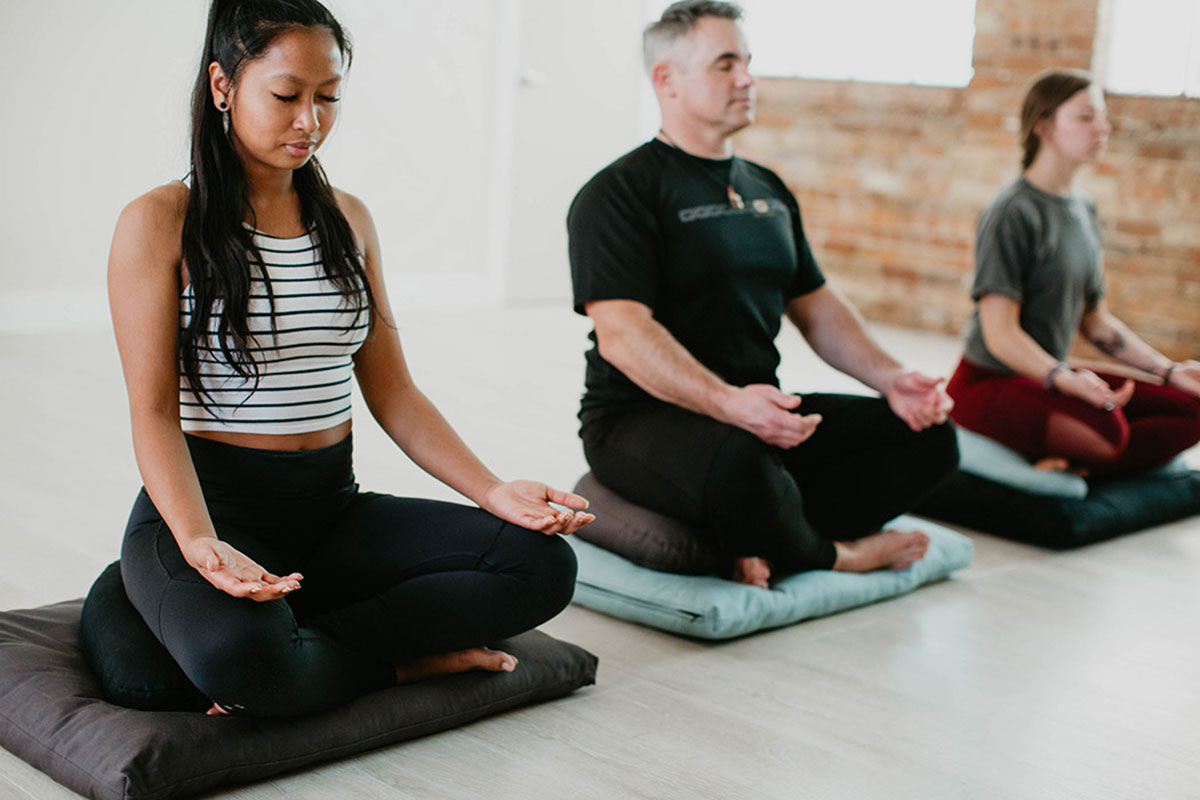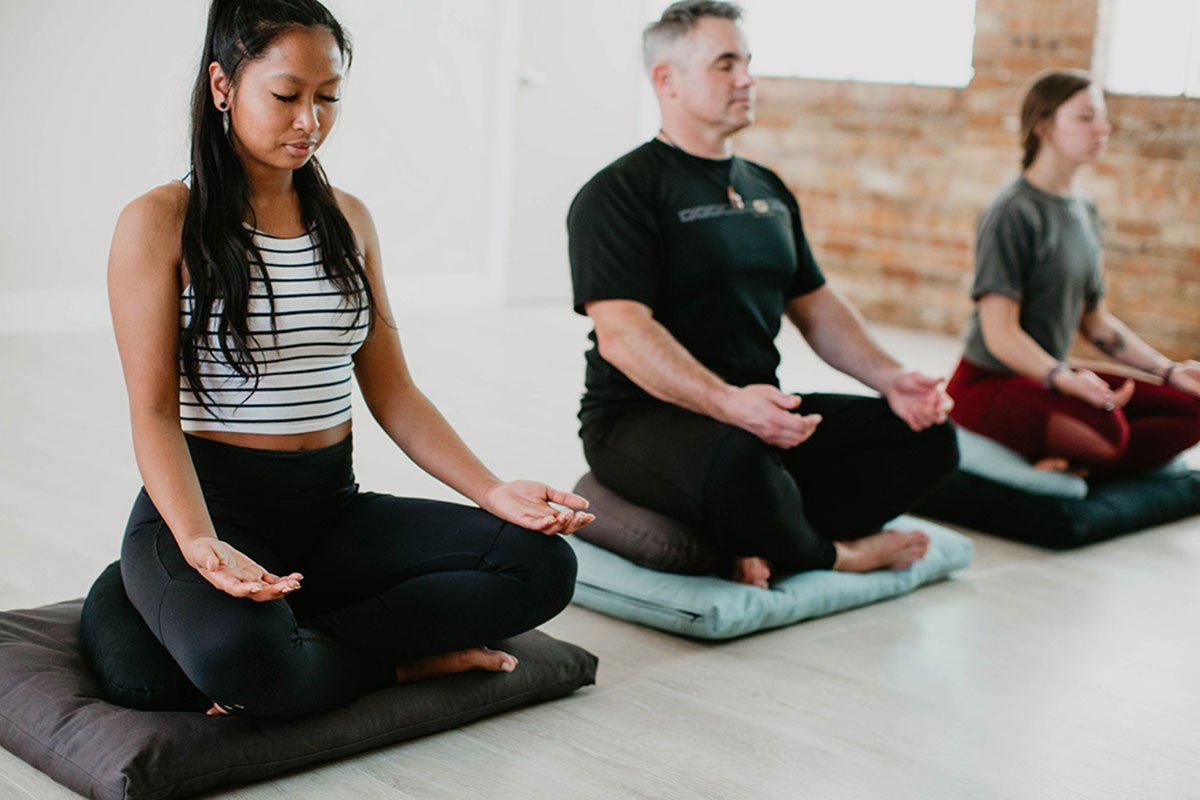This entry was published on September 17, 2025 by Charlotte Bell.

Asana, physical practice, is the most recognizable of the eight members of yoga. If you mention “Yoga”, most people will automatically imagine a person in a magnificent and folding position. But, of course, yoga is much more than Asana. There are seven other yoga members in the Ashtanga Yoga system. (Here, Ashtanga Yoga refers to the traditional meaning of the eight -members path, rather than ashtanga vinyasa yoga, the system developed by K. Patabhi Jois.) In addition, there are many other forms of yoga that do not include postures.
In the context of the eight members, Asana arrives in third position, after Yama and Niyama. The first two members provide a solid base for the rest of the practice. They instill healthy intentions so that our practice can bear healthy fruits. In addition, they give us guidelines to live a graceful life.
Because Asana is the most popular aspect of yoga, it is also the most ill -understood. Western practitioners, who have grown up rigorous, often practice Asana in the context of this familiar paradigm. When we think of the exercise, we think of concepts such as competition and personal records. Therefore, we associate the ability to make acrobatic poses to be “advanced”. But according to the Sutras yoga, Asana’s mastery is a completely different thing.
The Asana Tradition
The word “asana” means “seat”. He literally refers to the seated posture. The original goal of practicing asana yoga was to support the body to the rigors of sitting meditation. This not only includes the physical body, but also physiological systems. The nervous system is particularly important.
When I studied in India with BKS Iyengar, one thing he said stuck me and helped guide my practice. He said we practice Asana to create a peaceful and calm environment for the mind. When the body is comfortable, the mind can be more easily comfortable.
Three of the 196 yoga sutras describe Asana. All are in the second padaor chapter. Here they (from the translation of Alistair Shearer):
- 2.46: The physical posture must be stable and comfortable.
- 2.47: It is mastered when all efforts are relaxed and the mind is absorbed by infinity.
- 2.48: Then you are no longer upset by the game of opposites.
So let’s break down this. As with the other articles in this Yoga 101 series, my descriptions here will be short and soft. If you want to deepen, take my book, Conscious yoga, conscious life.
Sutra 2.46: The translation of Alistair Shearer uses the “stable and comfortable” description. Other translations of this Sutra describe Asana as “firm and sweet”, “stable and easy” and other opposite qualities. For me, that said balancing is the key. Stability implies strength, stability and commitment. Comfort implies ease and calm. Stability without comfort can create tensions and sealing. Comfort without stability can cause laziness and heaviness. We therefore balance both in each pose.
Sutra 2.47: This Sutra is crucial to understanding the intention and power – of the practice of Asana. Note that it does not define control in terms of what our bodies can or cannot do. There is nothing to push further or master fancy poses. In fact, this implies the opposite. Unlike competition sports, where we constantly push our advantage, Asana asks us to relax our efforts. When we can relax the effort in our poses, instead of “making”, we start to “be”. In this current experience of the internal process, our minds are absorbed in infinity. Anyone who, with any type of body or physical capacity, can achieve a mastery in Asana.
Sutra 2.48: Flexibility, strength, tone, relief of stress – These are the qualities most often listed as the advantages of Asana practice. And it’s true; Regular practitioners often point out these advantages. But these are simply secondary advantages to the real objective of practice: being able to meet the reflux and the flow of our lives with equanimity. When we practice with stability and comfort, we balance our nervous system and cultivate the calm of the mind. When we relax the effort and let go of the experience of instant at the time of the Asana, our minds become spacious and clear. By developing this state, we can approach the ups and downs of our lives with more grace. I don’t know about you, but I think it’s an extraordinary statement for physical practice.
Thus, thanks to the instrument of our own physical bodies, we can touch spacious equanimity which expands towards the outside in our daily life of the carpet. This is Asana’s goal. He prepares our bodily intention for meditation, but it also helps us to integrate the meditative state in all our physical activities.
About Charlotte Bell
Charlotte Bell discovered yoga in 1982 and started teaching in 1986. Charlotte is the author of Mindful Yoga, Mindful Life: A Guide for Everyding Practice and Yoga for Meditators, both published by Rodmell Press. His third book is entitled Hip-Healthy Asana: The Yoga Pratitioner’s Guide to Protect of the Hips and Avoid Si Joint Pain (Shambhala Publications). She writes a monthly chronicle for Catalyst Magazine and is online Yoga U publisher. Charlotte is a founding member of the board of directors of Greentree Yoga, a non -profit organization that brings yoga to poorly served populations. Musician for life, Charlotte plays an oboe and an English horn in the Salt Lake Symphony and the Sextuant Folk Red rock Rondo, whose DVD won two Emmy Awards.

**mind vault**
mind vault is a premium cognitive support formula created for adults 45+. It’s thoughtfully designed to help maintain clear thinking
**breathe**
breathe is a plant-powered tincture crafted to promote lung performance and enhance your breathing quality.